Encouraged by Khenchen Tenpa Yungdrung, Geshe Lungrig Namdag taught Tibetan yoga to the participants of this year’s summer retreat at Shenten, during the morning meditation. “I have developed a strong connection to the exercises, I experience clearly the power they have to improve our meditation and our health, and so I am motivated to share this message with others,” he says.
Do you remember when you heard about trul khor for the first time?
First briefly, let me say something about myself. When I was young, around thirteen or fourteen years old, I went to the monastery in my hometown, Khyungpo Tengchen Gon. My brother was already studying at the monastery and he encouraged me to join. At the beginning, I was taught reading and writing in Tibetan and chanting. After some time, I decided to become a monk. There were around sixty monks there, at that time, not many. Nowadays, more than three hundred. My brother has become the abbot – khenpo – of the monastery in the meanwhile.
As a monk, I continued studying chanting, playing ritual instruments like the drum damaru, and also I was introduced to the preliminary practices, which I completed. We were a group of monks and for more than one hundred days we practiced only ngondro.
After that I started slowly with the main practice, meditation, also phowa, I was sixteen, seventeen, maybe, at that time. When I was eighteen, I went on a pilgrimage, with my brother and other monks, we were seven eight monks all together. We went to holy places like Menri monastery, Yundgrung Ling monastery, Bonri, all very special places.
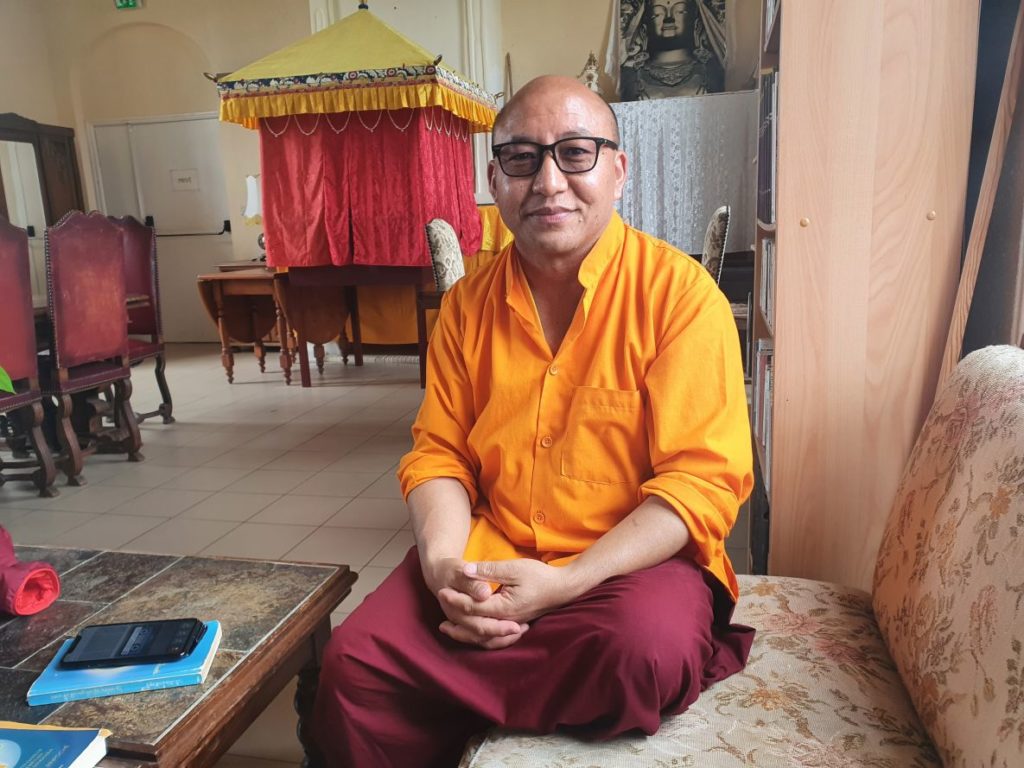
Did you get familiarity with trul khor already in Tibet, or only at Triten Norbutse where you studied later?
Already in Tibet, at the Khyungpo Tengchen Gon. We did one hundred days of tummo retreat and practiced different kinds of trul khors. We were explained how to do before the retreat started. My brother taught a group of monks to which I also belonged. Later, I received further teaching about tsa lung trul khor from Drubdra Khenpo, Geshe Gelek, Khenchen Rinpoche at Triten Norbutse, and practised it.
In Tibet, tsa lung trul khor is not taught widely, only to those who are seriously interested. They have to do some preliminary practices and meditation and only after they are given the teachings.
Now you teach trul khor yourself. Was it something that you liked from the very beginning?
I think I am more interested in trul khor now. I like it very much because I understand more the benefits of these exercises. It is very beneficial for all of us, whether we are a sutra practitioner, a tantra practitioner, or a dzogchen practitioner. Our physical body is very important for everyone. We say that if you want to cross a big ocean, you have to have a good boat. If your boat is not very good, you cannot cross, and you can even drown. We always speak about the mind, the mind is like a captain of the boat. But the body is also very, very important on the spiritual path, and that’s why yoga and trul khor have been practised. People who are not on the spiritual path do sports to take care of their bodies, and we have yoga exercises. I arrived at that conclusion. I myself do as much as I can and I also want to show other people how to do them.
Do you do yoga exercises regularly?
Not every day, from time to time, and especially when I have some teachings on yoga to do, I train for two three weeks before, and also I study texts speaking about these exercises.
I noticed, when you taught us this summer at Shenten, that you compare different sources of texts. Tsa lung trul khor in its various forms is described in different texts.
Yes, I checked the texts written by Shardza Tashi Gyaltsen, also Zhang-Zhung Nyen Gyud, which contain instructions for the set of exercises I was teaching you during the summer. Also, Ma Gyud texts speak about tsa lung, also A-Tri… They are quite similar to each other, and especially their effects and benefits are similar.
You said that in Tibet these exercises were not taught to everyone. Nowadays, they are taught openly, you even give courses on zoom. The approach has changed...
I think the idea is that it can help many people on the physical, energetical level. Even if they do not do it as deeply as tantra practitioners or dzogchen practitioners who transmitted those teachings, they can feel the benefits immediately. Just after doing the exercises people can immediately experience more openness, energy rising up and flowing freely. This is very positive. Everyone can improve their meditation by doing these exercises. In the morning, we can warm our body with yoga and expand space in our mind quickly, it is a good means against sleepiness. It also brings a feeling of joy and happiness. It increases our pure mind.
Our physical body is made of five elements: space, earth, water, fire, wind… All forms of this universe, not only humans but also plants, rocks, everything, is made of five elements. We are closely connected with those elements. In a text it is said that we have four limbs and a head, which is five altogether, and five are also the elements which are the basic components of our body. When the power of the elements is exhausted in our body, we die. When the elements are balanced and harmonized, the body is healthy, and we experience much less suffering.
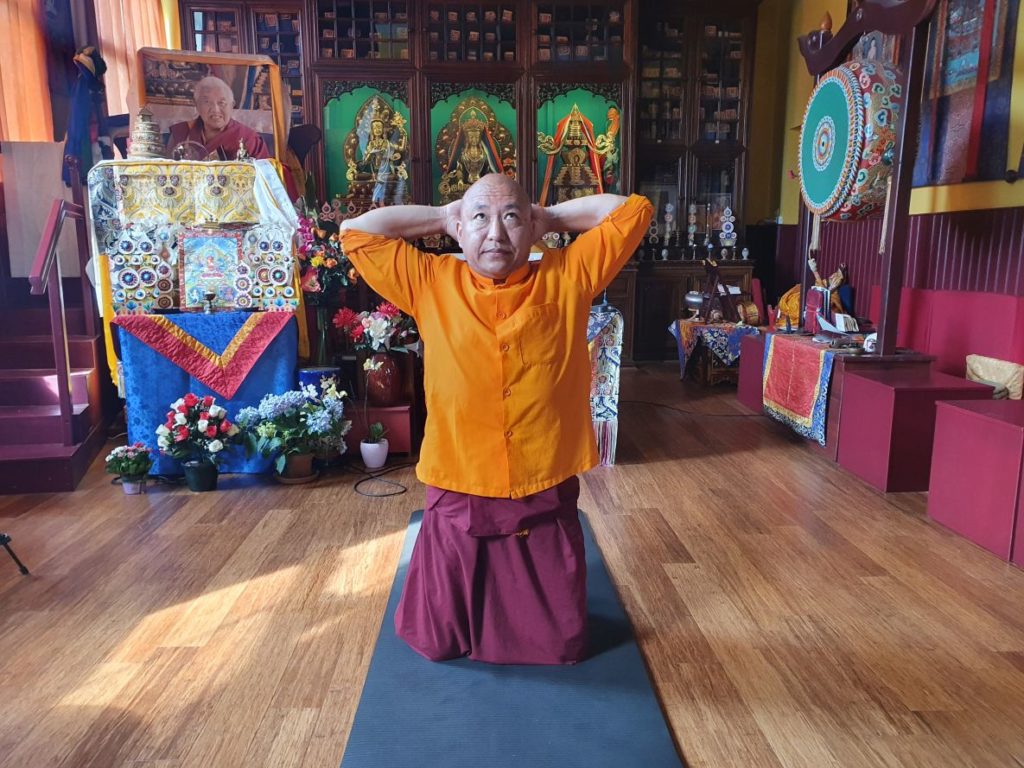
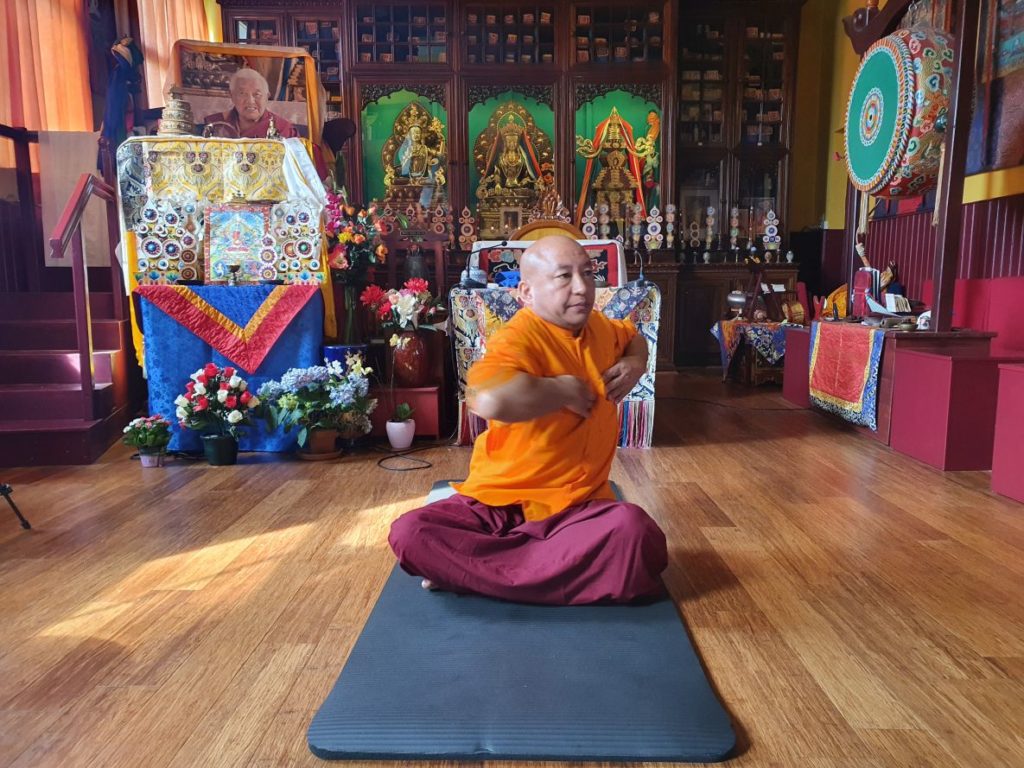
Yoga exercises help to harmonize the elements, to connect us properly with our elements, correct?
Yes, that’s right, it is one of the effects. The essence of trul khor is described in the texts as a means to cut through illusions, to see the truth. Which is the purpose of all our spiritual practice. Tsa lung trul khor helps a lot to keep us on the path. If our negative emotions are strong, practicing trul khor helps to liberate them. In Zhang Zhung trul khor there are five preliminary exercises connected with the five elements, and then six root exercises which are designed to release our negative emotions of anger, ignorance, jealousy, desire, pride and drowsiness… The complete set contains forty movements.
You taught those five preliminary movements and the six root movements during the morning meditation at the summer retreat this summer. I found your method to be very good; we all practiced again and again what we had learned, as you added only one movement at a time so that we could remember and get familiar with it.
Yes, practice is important, otherwise people just listen to the teaching, but they do not have real experience. When we cook something, we must eat it. If not, it is all wasted. And we do not want to waste this precious teaching. Trul khor has been delivered to us by dzogchen masters who practised it and it was transmitted from a master to a disciple throughout the centuries, over thousands of years. Their main practice was Dzogchen, but they understood their bodies very well and they knew these auxiliary practices could improve meditation. And so they left a message for us about this very ancient technique.
When did you start teaching Tibetan yoga, at Shenten, do you remember?
I think that it started when Khenpo Tenpa Yungdrung Rinpoche was teaching from the text of Kusum Rangshar about it and asked me to show the movements to the participants. It was a few years ago already. The same happened during a teaching of Khenpo Gelek Jinpa: he explained, and I showed the exercises. After that, they encouraged me to teach it on my own. I started already before the covid pandemic and during it, I did two times on zoom. Now it is included in the regular Shenten program. Besides that, I taught tsa lung trul khor in Hungary and in Poland. If they request, I teach it. I teach different things, depending on what the sanghas request: Zhiné practice, Sherab Chamma practice, Medicine Buddha practice. I was also asked to teach the Four generosities practices and how to make namkhas.
When did you first come to Shenten?
The first time was in 2014, it was just to visit Yongdzin Rinpoche. Khenpo Rinpoche told me that time that I was always welcome, so I came more and more, staying for a longer time, listening to teachings, helping… Now I am a resident lama at Shenten Dargye Ling.
Pictures: Jitka Polanská
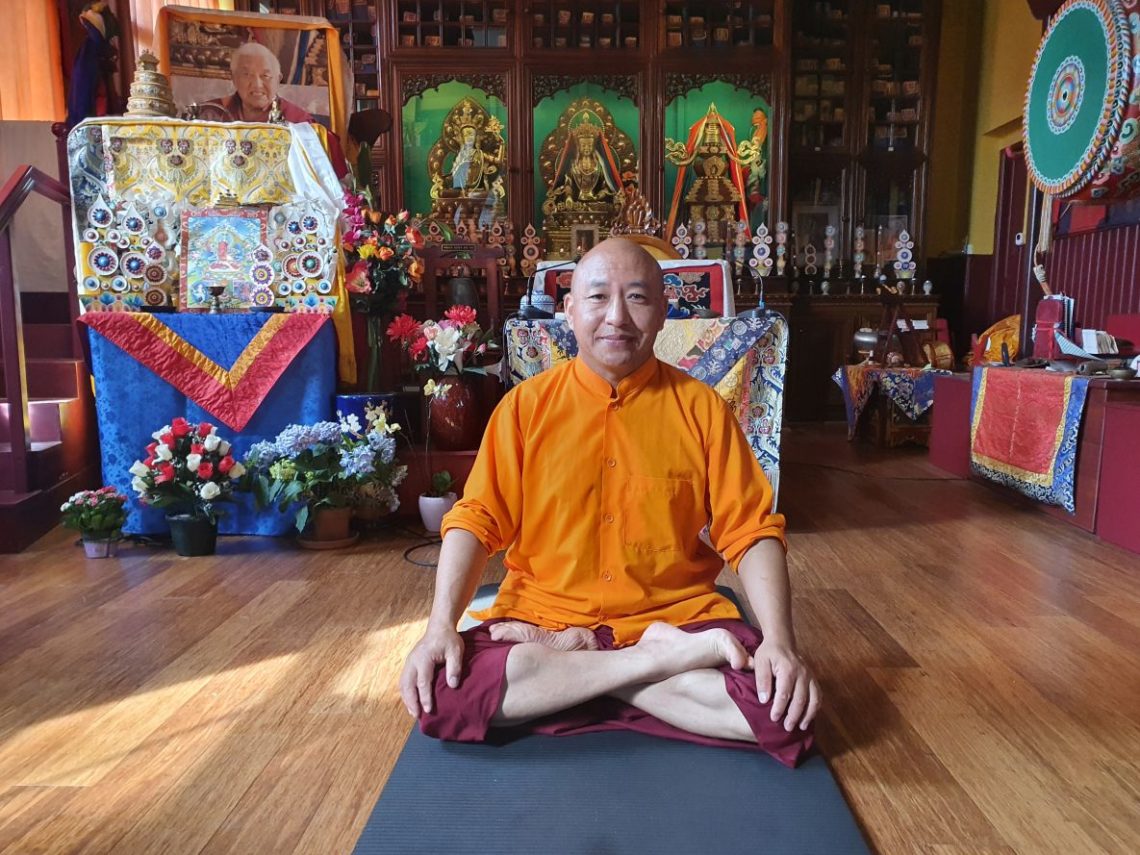




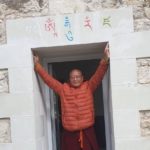

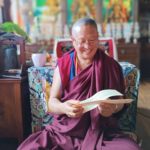
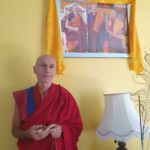




Jitka Polanská
September 30, 2023 — 8:44 am
Ok we will.with my best wishes, Jitka
Thien Doan
September 19, 2023 — 2:35 pm
This is interesting to read. Thank you!’
Kathrin Hinderer
September 18, 2023 — 8:22 pm
Please take me to your E-Mail-List, to get the speech of delight.
Thank you
Kathrin Hinderer